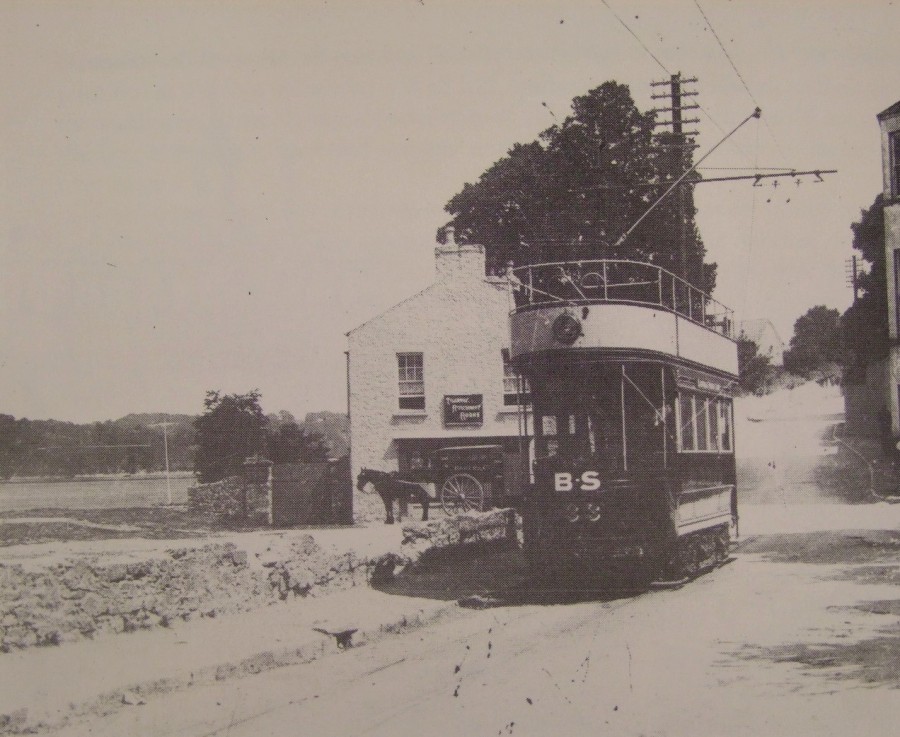
Kieran’s Our City, Our Town Article,
Cork Independent, 27 June 2019
Tales from 1919: The Life of William Martin Murphy
On 27 June 1919 newspapers across the country ran their regret of announcing the death of Mr William Martin Murphy, which took place in Dublin. He was one of the most prominent men in Irish commercial circles, being actively engaged at the heart of many enterprises.
William was born in the year 1844, the son of Mr Denis William Murphy, a building contractor from Berehaven, County Cork, his mother being a daughter of Mr James Martin, also of Berehaven. His primary education was received in a private school at Bantry. In 1858 he entered Belvedere College, Dublin, as a student. On that first trip to Dublin – from Bantry to Dublin – he had a forty-five-mile coach drive to Cork City and the next day had a six-hour train journey from the city to Dublin.
On the finishing of his college course, William became a pupil of the then well-known Dublin architect, Mr John J Lyons. However, at the age of 19 William’s father passed away who was then extensively engaged as contractor for public works in the South of Ireland. As some contracts of an important nature had not yet been completed, the energy and capabilities of his only son William were put to the test. He not only undertook and completed the works – which his father had in hand, but he extended and developed the business generally. Before long he returned to Dublin to develop his business.
Shortly after transferring permanently to Dublin William became interested in the construction and development of street and road tramways in the city and its suburbs. For many years he worked in this direction, not alone in Dublin and other parts of Ireland, but in many important centres in Great Britain. Up to 1895 no tramway in Ireland had been run by electricity, save a line, from Portrush to the Giant’s Causeway, which was worked under a system not practicable in a city. As a result of a visit to America in 1895, William witnessed the work of George Francis Train, the inventor of tramways. On his return he promptly proposed its adoption in Dublin on the overhead wire and trolley system. William soon saw the fruition of his project and the electric system year on year extended all over the city and suburbs, radiating from the centre outwards. He also promoted and built the Cork electric tram line.
From small beginnings in 1880 as a contractor for the Bantry rail extension to Drimoleague, William became one of the most influential figures in the Irish railway business. Subsequently he went on to construct lines such as Wexford and Rosslare, the Clara and Banagher, West and South Clare, Mitchelstown and Fermoy, Tuam and Claremorris, Skibbereen and Baltimore, and the Bantry Extension. Later in life he organised the construction of railways on the Gold Coast in West Africa from his London sub office. William also became the director of a number of rail lines, being elected to the board of the Waterford and Limerick line in 1885, and when this was amalgamated into the Great Southern and Western Railway in 1901, he was subsequently elected to the Board of Ireland’s premier railway company in 1903.
William’s first connection with journalism was in November 1890 when at the time of the Parnell split, he took a leading part in the founding of the National Press. In 1892 the National Press amalgamated with the Freeman’s Journal and having been one of the largest directors in the former, William became a director of the new concern. In 1900 William decided to purchase the Irish Daily Independent, then offered for sale under a court of bankruptcy.
William also figured in the public life of the country. He was a prominent member of the Dublin Chamber of Commerce, of which he was Chairman for about two years. He was also a member of Parliament representing Dublin from 1885 to 1892. He was a member of the Irish Convention in 1911. He took a leading and active part in advocating Home Rule and carried a representative section of the Convention with him.
In 1912, William established the Dublin Employer’s Federation as a reaction to the growing power of organised labour. Worried that the trade unions would destroy his Dublin tram system, he led Dublin employers against the trade unions led by James Larkin, an opposition that culminated in the Dublin Lockout of 1913. William locked out all workers who refused to resign from the union. The 1913 Lockout in Dublin was a major industrial dispute between almost 20,000 workers and 300 employers. It lasted from 26 August 1913 to 18 January 1914 and is often seen as the most severe and important industrial dispute in Irish history.
William was the leading promoter of the Irish International Exhibition at Herbert Park, Ballsbridge, Dublin in 1909. His leadership was stamped all over the project. During the visit of King Edward VII to the Exhibition William was offered a title but refused it.
Notwithstanding his business engagements William found time to devote himself to the Society of St Vincent de Paul. From 1867 to 1875 he was president of the Society’s Conference at St Finbarr’s South Chapel, Cork. Subsequently he founded a new Conference at Terenure, County Dublin, of which for several years he was the President.
Next walking tour:
Saturday 6 July, The City Workhouse, historical walking tour with Kieran; learn about Cork City’s workhouse created for 2,000 impoverished people in 1841; meet just inside the gates of St Finbarr’s Hospital, Douglas Road, 12noon (free, duration: two hours, on site tour, part of Friends of St Finbarr’s Hospital garden fete).
Captions:
1003a. William Martin Murphy, a painting by William Orpen (source: National Gallery, Dublin)
1003b. Tram at Blackrock, Cork, c.1901 (source: Cork City Library)
